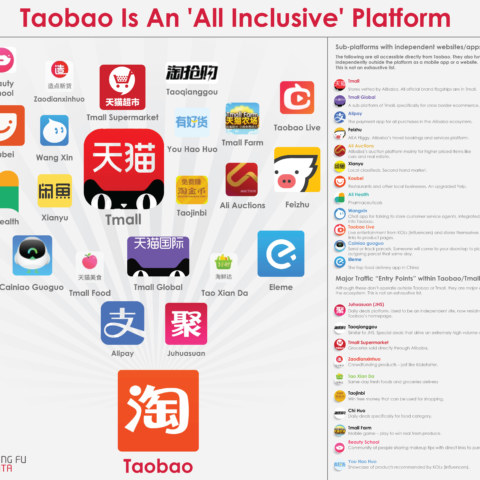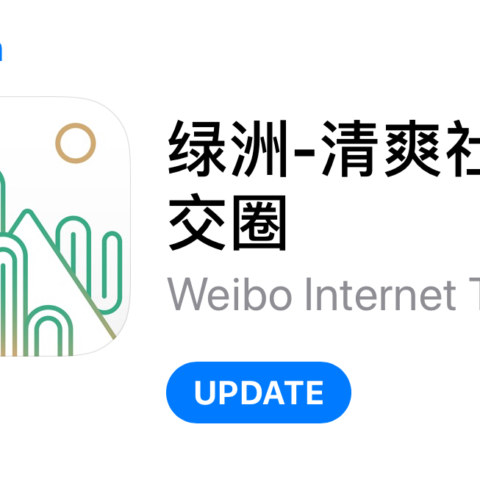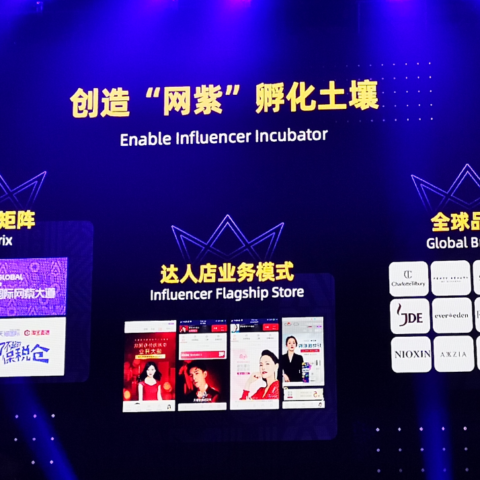How to achieve a great success in Chinese Social Networks
Following the tips of Eva Chen, we would like to point out the top 5 rules that are highly applicable for brands that want to have a better performance in Chinese local platforms such as WeChat and micr-blog Weibo.
1. ENGAGEMENT, NOT FOLLOWERS
Chen mentions that many fashion brands are locked in an “arms race” for followers. But large followings alone rarely drive business impact. Far more important is real conversational engagement.” The arms race, she suggests, distracts brands from focussing on what is important – the ‘talk-ablitiy’ of a post, in terms of how consumers interact and share the content.
In terms of WeChat and Weibo, the focus on the pure numbers can be misleading. As the development of branded WeChat and Weibo has often been inconsistent and episodic in China, where specific campaigns or high levels of activities have created a ‘residual follower base’ – that is consumers how have technically ‘followed’ or ‘subscribed to the account, but rarely engage or share the material.
2. CRAFT A STRONG IDENTITY
Online, where context is harder to control, a strong and consistent brand is more important than ever.
In the context of China… So often brands become overly ‘loose’ on China’s digital platforms. It is almost like the brand ‘changes its stripes’ once it crosses the media border into digital. More than anywhere, in a context where consumers are still developing a relationship with brands, digital has be be a defining, or at least a consistent, expression of your brand. It is a vital consumer touchpoint, not an adventure park for your brand.
3. AUTHENTICITY WINS
Chen also emphasises that “(a)uthentic moments that feel real and offer privileged access to a more intimate and personal perspective resonate better on Instagram than slick, highly produced visuals.
In China, this style of content is essential for creating consumer closeness. In a world of ‘micro-moments’, brands have the opportunity to be an ‘enabling fly-on-the-wall’ that allows consumers to break through the idea of being ‘marketed to’, instead providing a level of empowerment that makes brands personable – a starting-point that creates a friendship-style relationship with the brand, equal communication rather than top-down bossing.
4. CULTIVATE A COMMUNITY
Chen also reminds us, that digital is a conversational medium, not a monologue. Recognising and interacting with followers can generate excitement and help forge deeper, more meaningful relationships.
This is vital in China, where marketers can become overly distracted by the idea of content ‘going viral’. However the more important goal at a brand level is for content to ‘go communal’. If content is shared amongst digital peer groups on WeChat/Weibo it is far more likely to create purchased intent, and your brand nirvana – local advocacy.
To say we take the idea of ‘going communal’ is an understatement. At CSM we use our unique methodologies to understand the way local consumers connect and share content, so we can ‘mimic’ this ‘conversation style’ through our digital campaigns, creating the necessary levels of relevance and talk-ability for clients.
5. COLLABORATE WITH (DIGITAL) NATIVES
The fifth and final observation Chen makes, is beyond traditional influencer marketing, collaborations with artists who are active, can result in inspiring native content that resonates on the platform.
This point is extremely relevant to digital and social marketing in China. It is not just the question of working with “digital natives” here, it is – which digital natives to connect with? As technology has fundamentally changed China, the population has been splintered into different groups defined by distinct digital habits and expectations.
The term “millennial” does not really cover the reality here. Within this grouping, which provides a reasonably helpful target globally, is cut into three distinct groups here in China – post-1980s, post-1990s and post-1995s. Each represents a different types of digital natives who spend chat, share and post on their own ecosystem. For example, QQ often forgotten in the context of WeChat, is actually where you will find consumers under 20 – your future consumers. KFC’s recent co-brand initiative with QQ is reflective that is highly relevant for ‘the most native of digital natives’ in China.
Leave a Comment































